|
It may seem strange to write about the timid doing street photography. If someone's timid, street photography's about the last thing they want to do, right up there with speaking in front of large crowds. But I've met plenty of people who both want to experience the serendipity of street photography and yet are afraid to go out on the street. If you're like this, you may feel timid because you lack the confidence that comes from experience. This is a bit of a dilemma because you don't have the confidence to get the experience you need and you don't have the experience to feel confident to go out in public with your camera. Since confidence isn't something you can just conjure up, maybe it's better to start with experience and see if you can find confidence along the way. And one piece of advice: street photography is less about taking photographs and more about getting to know a place and its people by slowly exploring it. If you start walking around an area with your eyes open, you'll see things you never noticed before even if it's your hometown. The more you revisit a place, the more you'll meet its people. The better you get to know them, the more intimate your photos will become. People like Monroe, Jed, Eddie, Pinky and Bruce will all become at least acquaintances if not friends. So find those places where life's lived in public and start exploring.
Following are suggestions for easing your way into street photography, slowly picking up experience that will help you gain more confidence so you can photograph in more challenging situations. First, take a camera that's easy to operate. I take a point-and-shoot that's set to automatic or Program AE (P mode) so I don't have to think much about my camera's settings. I want to concentrate on composition, not technical issues. You may be more comfortable using your smart phone. For most people, their smart phone is the best camera they'll ever own and they'd have to spend a pile of money to get something better. Whatever camera you take out on the streets, make it your goal to master it. You'll take far better photos on a good camera that you've mastered than a great camera you don't understand. Some of that mastery comes from just using the camera, but some also comes from reading the manual and reviewing it periodically. There are plenty of resources on the internet, especially youtube, that will help you better understand your camera and get the best shots possible. I know most of the strengths and weaknesses of my camera and can use either one to make good photos. Like all point-and-shoots, my camera isn't great in low light; things tend to get blurry, especially if they're in motion. Rather than seeing the weakness as wholly negative, I can exploit that tendency to make shots I couldn't get any other way. Some of my favorite photos are of family and friends dancing in low lit rooms because the blurriness of the motion gives the photos great energy. Second, take a camera that's inconspicuous. The camera I use is small and fits in my pants. When I take it out and start taking photos, other people in the area don't seem wary of it. But if I stalk the streets with a massive Can(n)on, I immediately sense people stiffening up and avoiding me. If I point a six-inch bazooka at them, they start running for cover. Third, start with situations where there are lots of people outside having fun. I love to photograph at carnivals, amusement parks, farmers markets, and the beach, especially Waikiki. People seem more relaxed at these places and in general are more open to having you photograph them. If I photograph kids at a carnival, their parents smile. If I photograph kids while they're playing in their yard, the parents look like they want to hurt me. Fourth, start out photographing something besides people. Look for color, pattern, contrast. William Eggleston takes great photos of people, but many of his best shots have no people in them at all, only the suggestion of them. Start out with shots that are taken at a distance. When you feel more comfortable, move in and look for closeups of buildings, signs, anything unusual. Look for different angles and for how two or more things work together. Start thinking about making photos, not just taking photos. Fifth, when you feel confident enough, start taking photos of people at a distance. Keep moving slowly, studying the situation around you. Be casual in your demeanor so you don't draw attention to yourself. Don't look at the people around you like you're part of the Secret Service. Look for interactions between two or more people. Begin to anticipate what might happen: the rush to get on a ride, the rush to get off, winning a carnival game, biting into cotton candy. Sixth, as you feel more comfortable, move in closer to people, especially to those who are more expressive. If you want to take a closeup of someone, step up and introduce yourself with a smile: "Hi, I'm a photographer. Would you mind if I take your photo." Almost always people will say yes. I also find it helpful, especially if I'm asking someone who might seem hesitant, to tell them why I want to take their photo. "I love your hat." "Your t-shirt is cool." "You guys look great together." I don't take long, usually one photo. More than that and people get irritated. Take the photo, tell them thanks and move along. Keep moving and keep looking. In your own time, you'll gain the confidence you need to make more intimate photos under more challenging conditions. No need to hurry. You don't have to be in a war zone or working with a street gang or photographing people starving to death to get great photos. Take your time, get more comfortable with taking photos in public and see where that leads you. Below are some of the photos I recently took at the Punahou Carnival. At events like this it's much easier to get close to people and to see them interact in interesting ways.
0 Comments
Leave a Reply. |
AuthorThe focus of the blog is to share larger groups of shots than I can share in the galleries. Archives
September 2021
Categories |
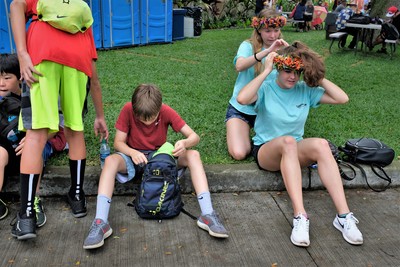
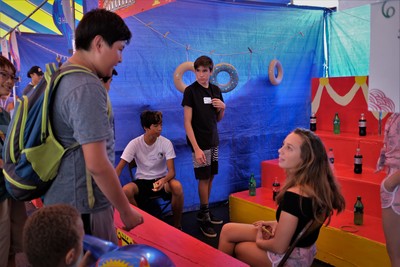
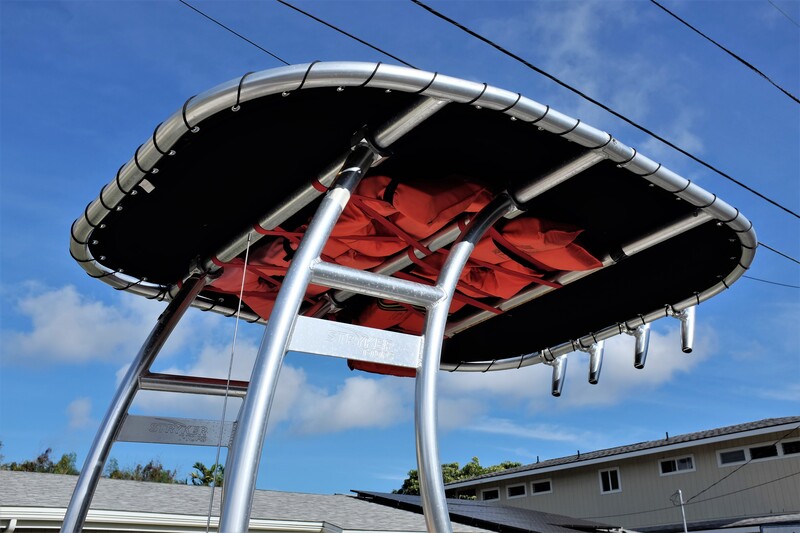
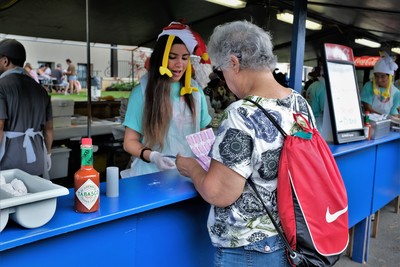
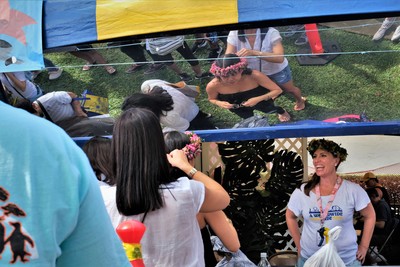
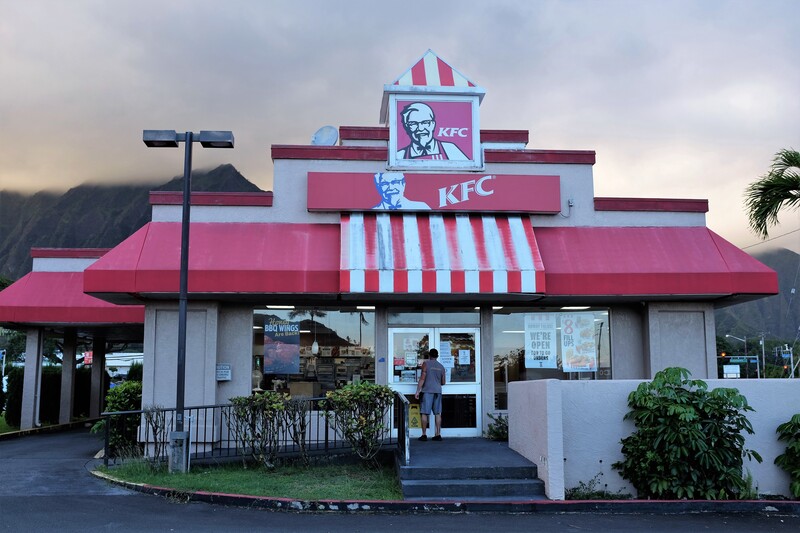
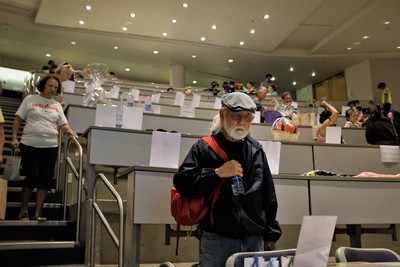
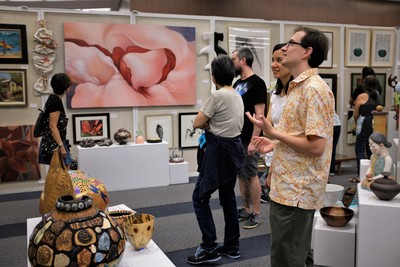
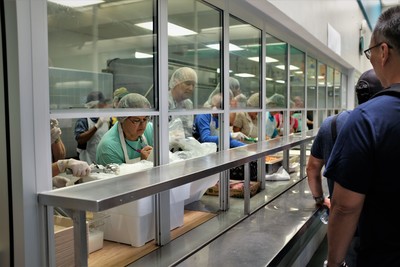
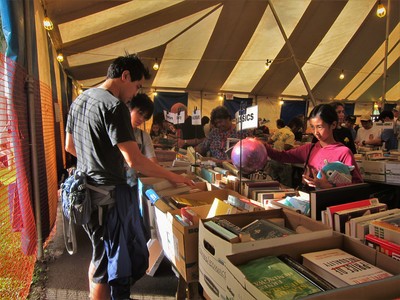
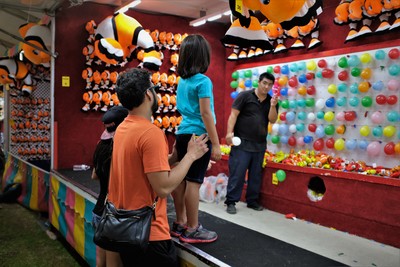
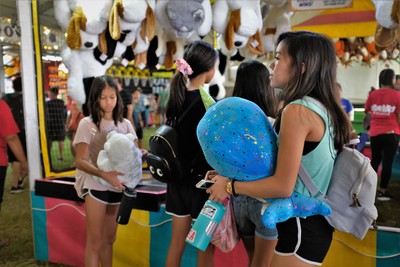
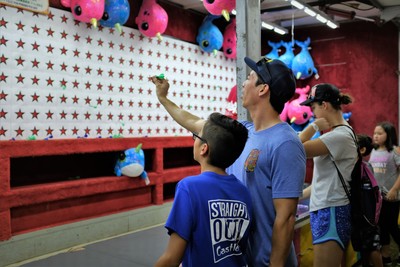
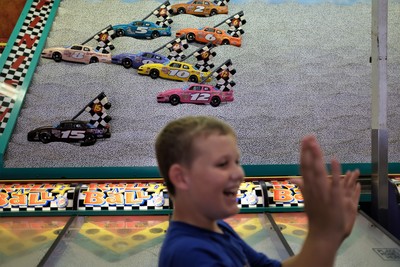
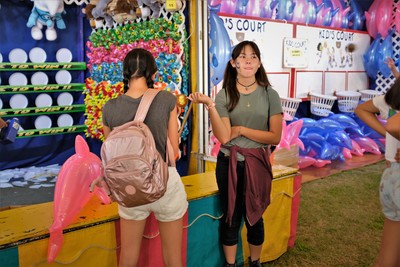
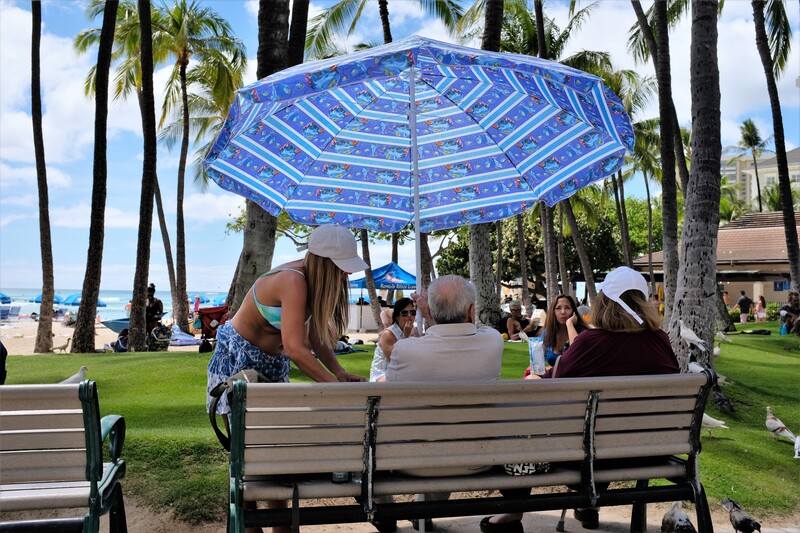
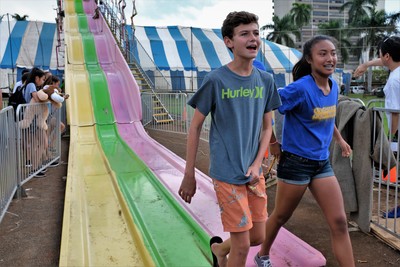
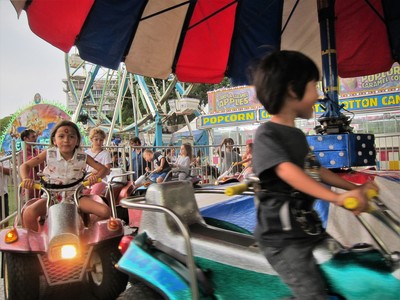
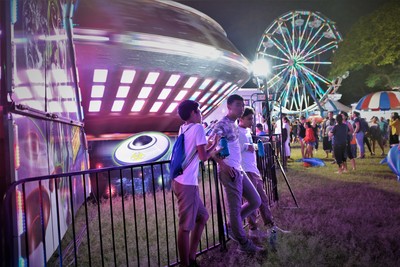
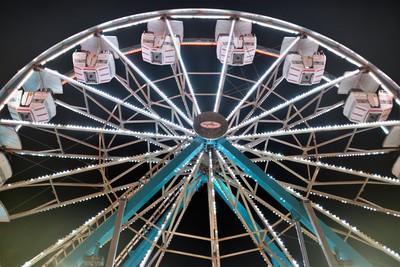
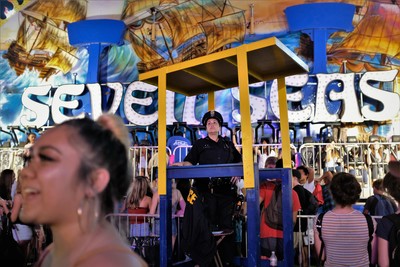
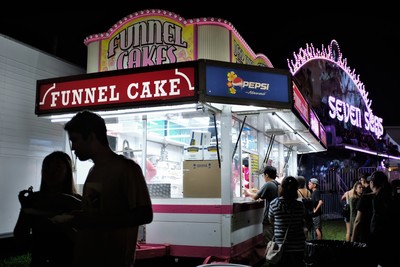
 RSS Feed
RSS Feed